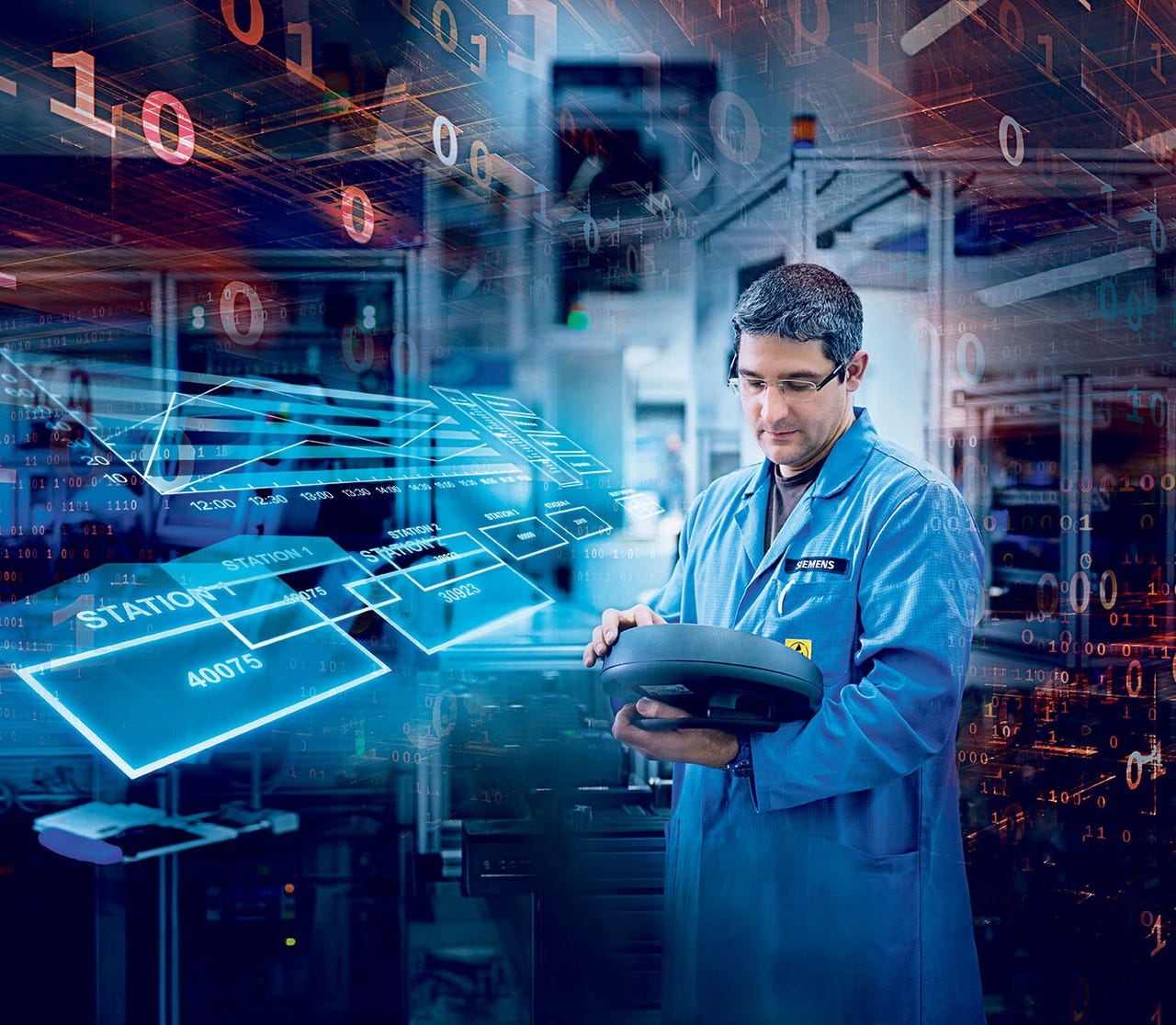Securing a connected world

It's important to find out (at events like Digitalize 2018) not only how to turn data into value, but importantly to ensure the security of devices and machines, so private information doesn't fall into the wrong hands.
We rely on the digital world each and every day. We take it for granted that we can use debit cards to pay for our purchases in supermarkets, that we can use smartphones without reserve, and that we get electricity from systems to which smart grids may have just distributed the appropriate amount of energy produced. Wherever we go, we are surrounded by a network of bits and bytes.
However, dangers lurk everywhere as well. Criminal attacks on security gaps can cause considerable damage -- whether they result in data theft at hospitals, sabotage in factories, power failures, or industrial espionage. That's why protective walls need to be erected around our digital world.
It is certainly high time for action. That was not only demonstrated by Stuxnet malware in 2010, but also by WannaCry and NotPetya ransomware in 2017 and the recently discovered processor vulnerabilities known as Meltdown and Spectre. It is estimated that cybersecurity threats caused more than €500 billion in damages worldwide in 2016. Moreover, the risks associated with cyber attacks are steadily growing.
Whereas 8.4 billion networked devices were in use in 2017, experts estimate that 20.4 billion such devices will be in operation by 2020. Threats to these devices can pose a danger to life and limb -- for example, when the safety-related systems in autonomous vehicles are manipulated during production so that they fail to work in an emergency.
Needed: Minimum Standards for the Entire Value Chain
In spite of these barriers, we still lack mandatory basic cybersecurity criteria for the entire value chain. Due to these issues, Siemens CEO Joe Kaeser announced in November 2017 that the company and the Munich Security Conference (MSC) joined governmental and business partners, to start a Charter of Trust. The signatories now include Siemens; MSC; IT giant IBM; Daimler; the insurance company Allianz; Airbus; the world's leading inspection, verification, testing, and certification company SGS; telecommunications company Deutsche Telekom; Dell; Cisco; the oil company Total; TÜV Süd; the semiconductor producer NXP; the energy companies Enel and AES Corporation; and the IT giant Atos.
Steps to a More Secure World
Cybersecurity ultimately affects us all. Siemens didn't initiate the charter by accident, as digital value added is rapidly becoming fundamental to industrial competitiveness. Due to its unique combination of technological expertise in cybersecurity for everything from factories and power grids to health care systems, Siemens is ideally suited to taking on a pioneering role in this field.
The charter contains ten principles that should make the digital world more secure and also sets three important goals: Protect the data of individuals and companies; prevent damage to people, companies, and infrastructures; and create a reliable foundation for instilling trust in a networked, digital world.
Strengthening Trust in the Digital World
Everyone will have to pull together if this goal is to be achieved. A global network is needed where key players achieve a clear consensus regarding the basic principles of a secure digital world. According to the charter, this includes, among other things, obligatory cybersecurity certifications for critical infrastructures and devices that might pose a danger to life and limb. It's also essential there be clearly defined areas of responsibility and contacts for cybersecurity at companies, governments, and public authorities.
Moreover, global networks of experts should communicate more extensively about shared, overarching risks. In addition, we need binding security standards for the rapidly growing Internet of Things, including rules for authorized access and data encryption. Last but not least, the Charter of Trust aims to make cybersecurity an integral part of the curriculums at schools and universities -- doing this will be no mean feat, considering that there are far more curriculums than countries. "Besides research, this is currently our most important concern," said Wolfgang Ischinger, chairman of the Munich Security Conference.
"In this way, we don't just want to increase people's awareness of cybersecurity, but also give young people the tools they need to help shape the security of the digital world in the future."
Siemens and other key industry thought leaders including Michelle Price, chief executive officer of AustCyber, will be looking at these issues at Digitalize 2018.
Make sure you visit Digitalize 2018, to hear talks about cybersecurity; the need to address these challenges for Industry, including infrastructure and energy; and how cybersecurity can be a growth industry for Australia.